How to use behavioral economics to your advantage as a founder.

Behavioral Economics is the study of economics and psychology to understand how people behave in real-life situations. It takes the neoclassical economic idea of the rational decisions we ‘should’ make and considers how and why our behavior differs from this ‘ideal’.
Here are three principles from great thinkers like Daniel Kahneman and Nassim Taleb that can level up your company through the power of behavioral economics.
1) Narrative Fallacy
People like to think in terms of stories. So when we see a series of events or details, we connect them into a cause-and-effect narrative.
Nassim Taleb first wrote about this in Black Swan: We tend to underestimate the role of luck, coincidence, opportunism, and good timing, in favor of establishing a neat cause-and-effect narrative that we can easily explain.
For example, when we talk about why great founders like Steve Jobs or Mark Zuckerberg succeed, we think about their habits and management styles. But two people who have succeeded massively in the same industry can have completely opposite traits. Tony Hsieh of Zappos built a billion-dollar e-commerce business with a “happy people” focus, while Jeff Bezos built Amazon with a much more demanding company culture.
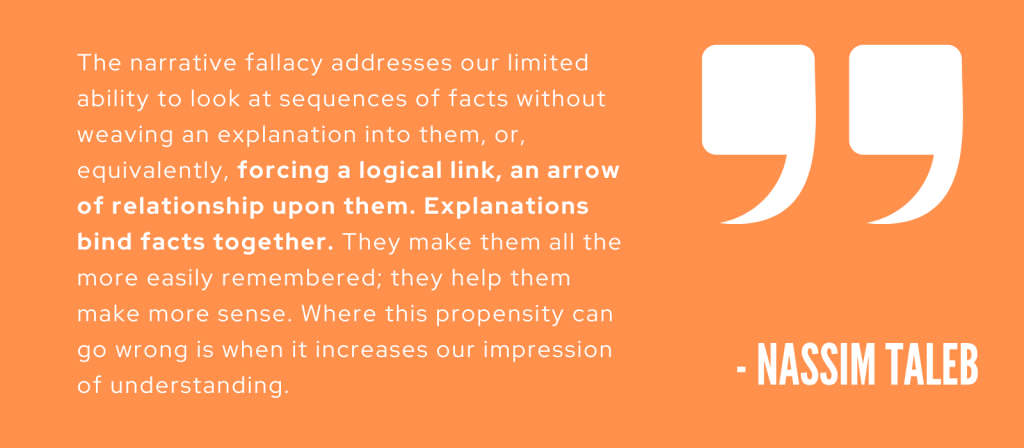
Telling a great story is an important part of winning over customers and investors. But it’s also important to consider the story you’re telling without meaning to.
Think about the narrative someone might draw from the information you’ve given them, and what gaps you’ve left for them to fill with their own assumptions. This is the “what you see is all there is” rule identified by Daniel Kahneman — we can’t help but use whatever information we have access to as if it is fully comprehensive.
Our comforting conviction that the world makes sense rests on a secure foundation: our almost unlimited ability to ignore our ignorance.
Daniel Kahneman
Kahneman is one of the founders of modern behavioral psychology, and the “what you see is all there is” comes from his study of System 1 Thinking, aka our default mental model. Under regular circumstances, we make decisions quickly and intuitively with largely unconscious information processing. That means you need to consider the narrative you’re constructing — and especially the gaps you’re leaving — even in microcopy and simple UX choices.
2) Satisficing
We all want to make the best decisions, but the sheer amount of information needed to make that decision makes it impossible. (That’s what neoclassical economics got wrong — while there are ‘optimal’ decisions a person could hypothetically make, it’s virtually impossible to identify them in real life.)
Instead, we settle for satisficing: a combination of ‘satisfy’ + ‘suffice’. We make decisions that meet our basic criteria for success but are probably not ideal.
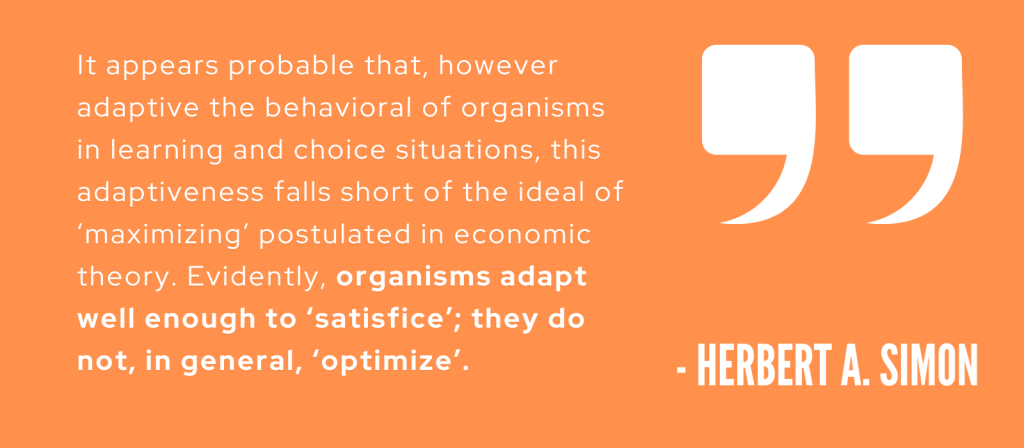
This is the basic reason why having a superior product isn’t always enough, and why visibility and name recognition can actually get you a lot further.
If a product is “good enough” and requires less effort to find, your target audience is likely to settle for it. It’s about making decision-making more comfortable for your users, presenting them with an option that meets their fundamental needs without any hassle.
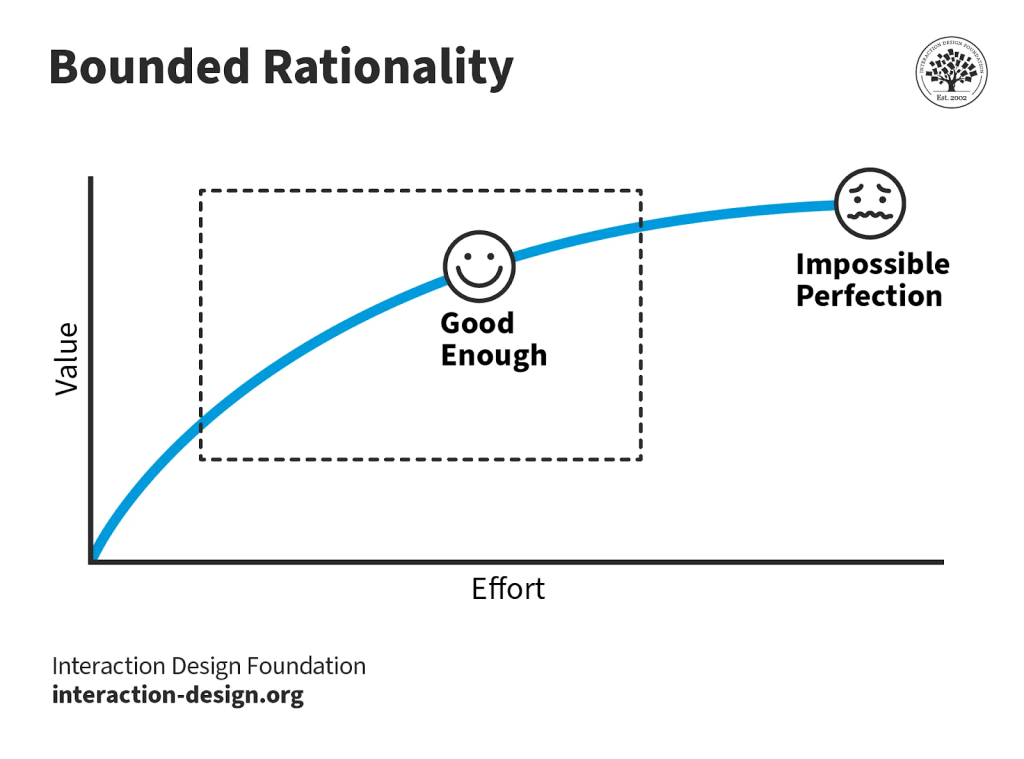
3) Loss Aversion
You’ll definitely be aware of this one, but you’re probably underestimating it. I certainly was. When considering an outcome, losses can be twice as powerful as gains.
Losing a little has the same scope of psychological impact as gaining a lot.

Loss aversion makes us think twice about decisions where we invest in the outcome, with time, effort, or money.
One way to minimize the sense of risk perceived by a user is with free trials or refund windows. Another option seeing a surge in popularity is the ‘freemium’ model, which provides a free tier offering a basic service alongside a paid tier with complete functionality. Offering free or discounted services for young startups can also help your business reach a demographic that is particularly money-conscious.
Losses are twice as powerful as gains.
Daniel Kahneman & Amos Tversky
In the long term, however, fostering consumer confidence is more important. This means leveraging transparency and communication to foster a positive relationship with your current and future users. Building in public can be an especially valuable tool.



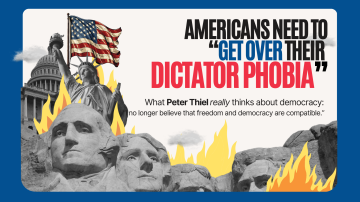
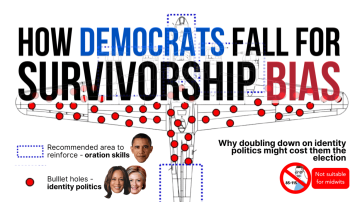
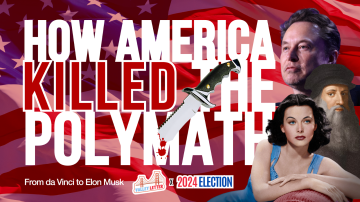
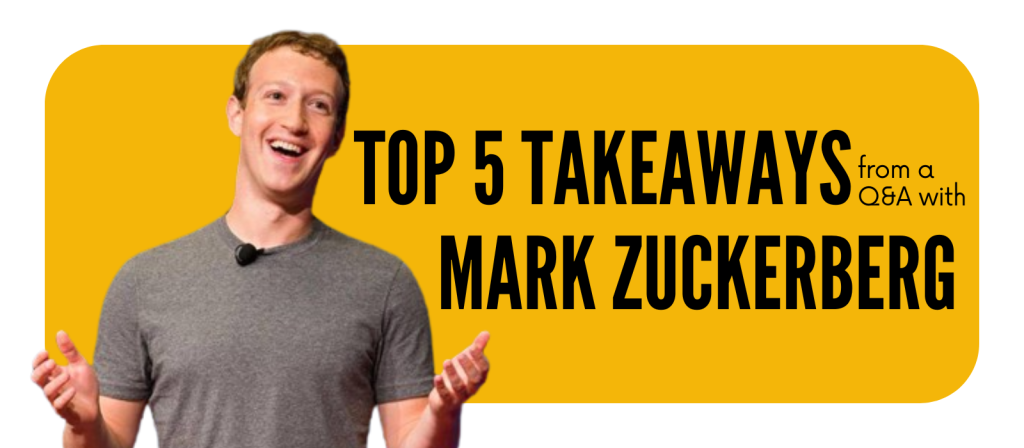
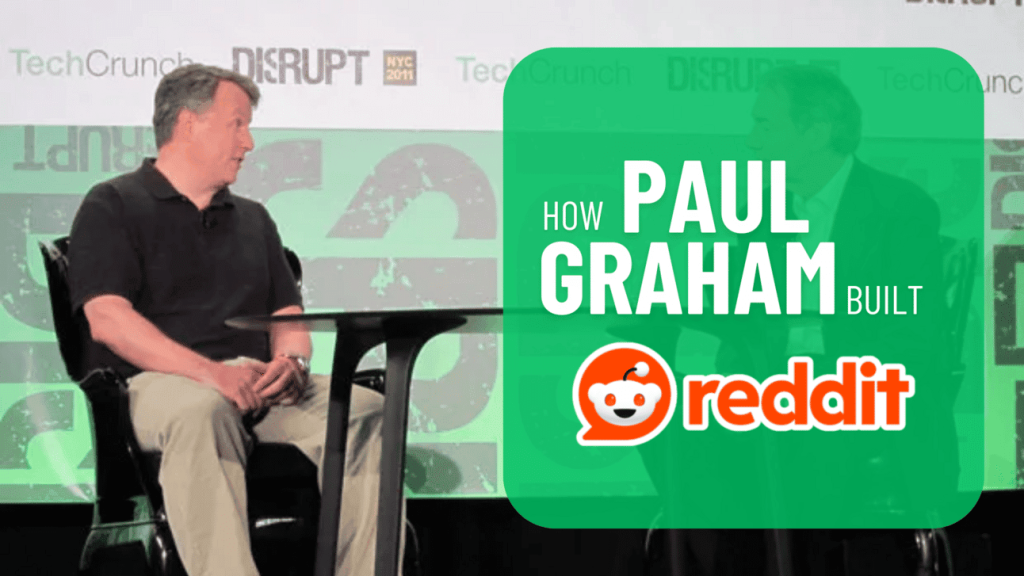
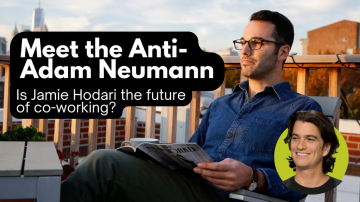
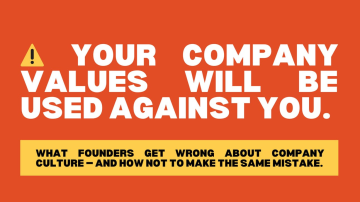
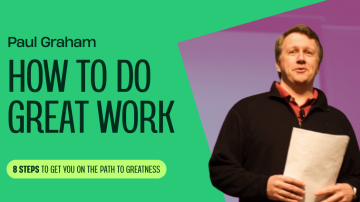
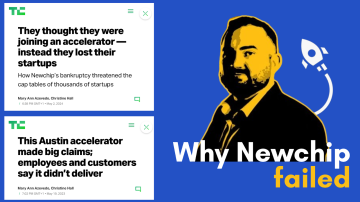
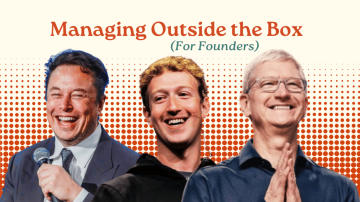

If you’re looking to try your Luck, you got to give luckypkr777 a shot. I’ve had some decent wins there, just saying. Maybe you will too? luckypkr777